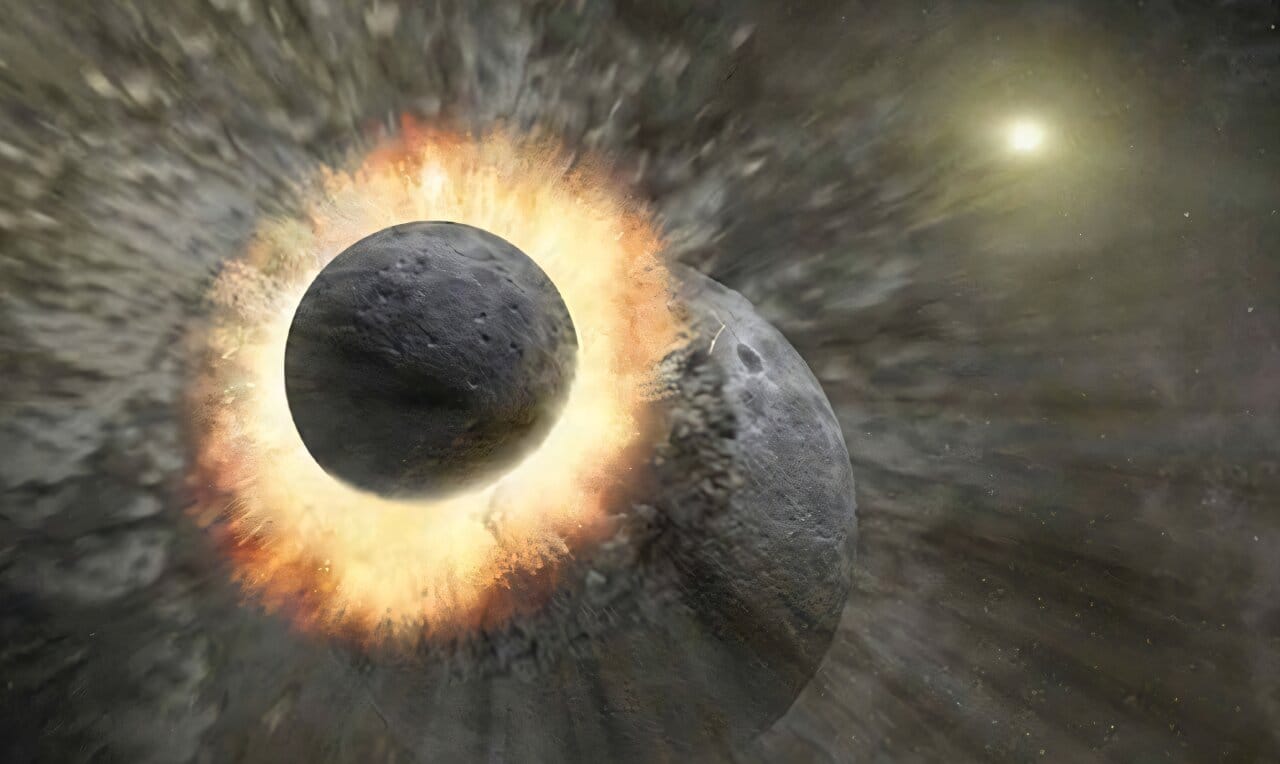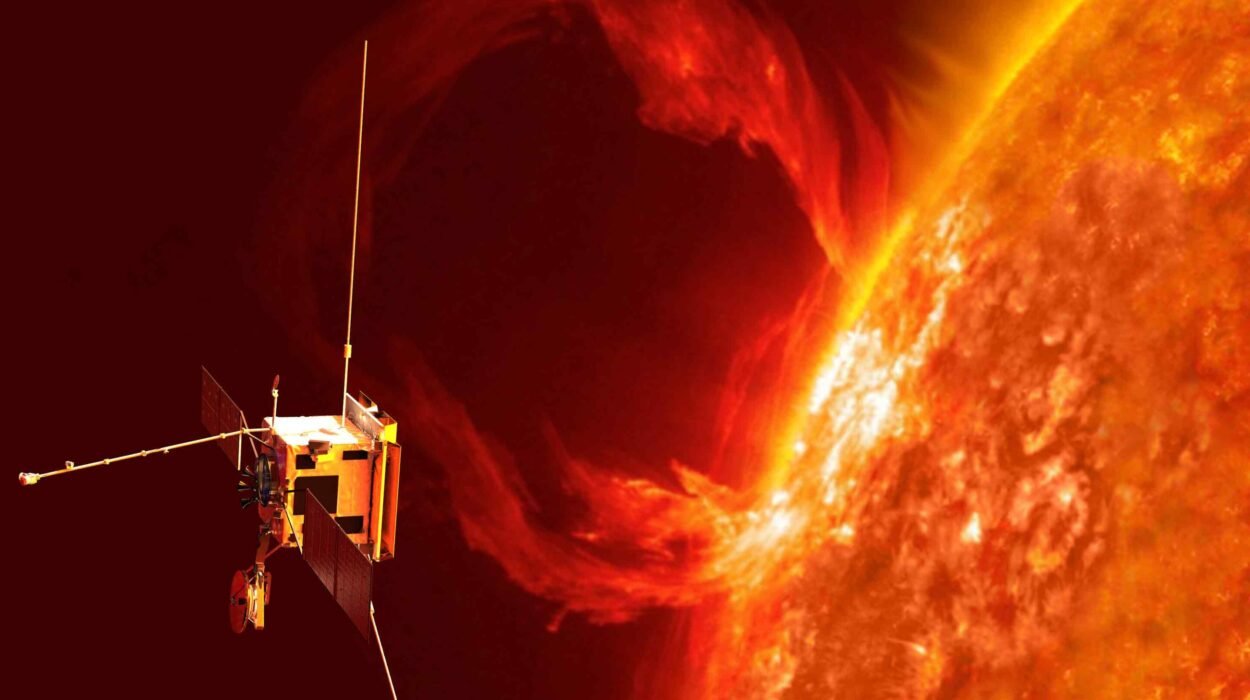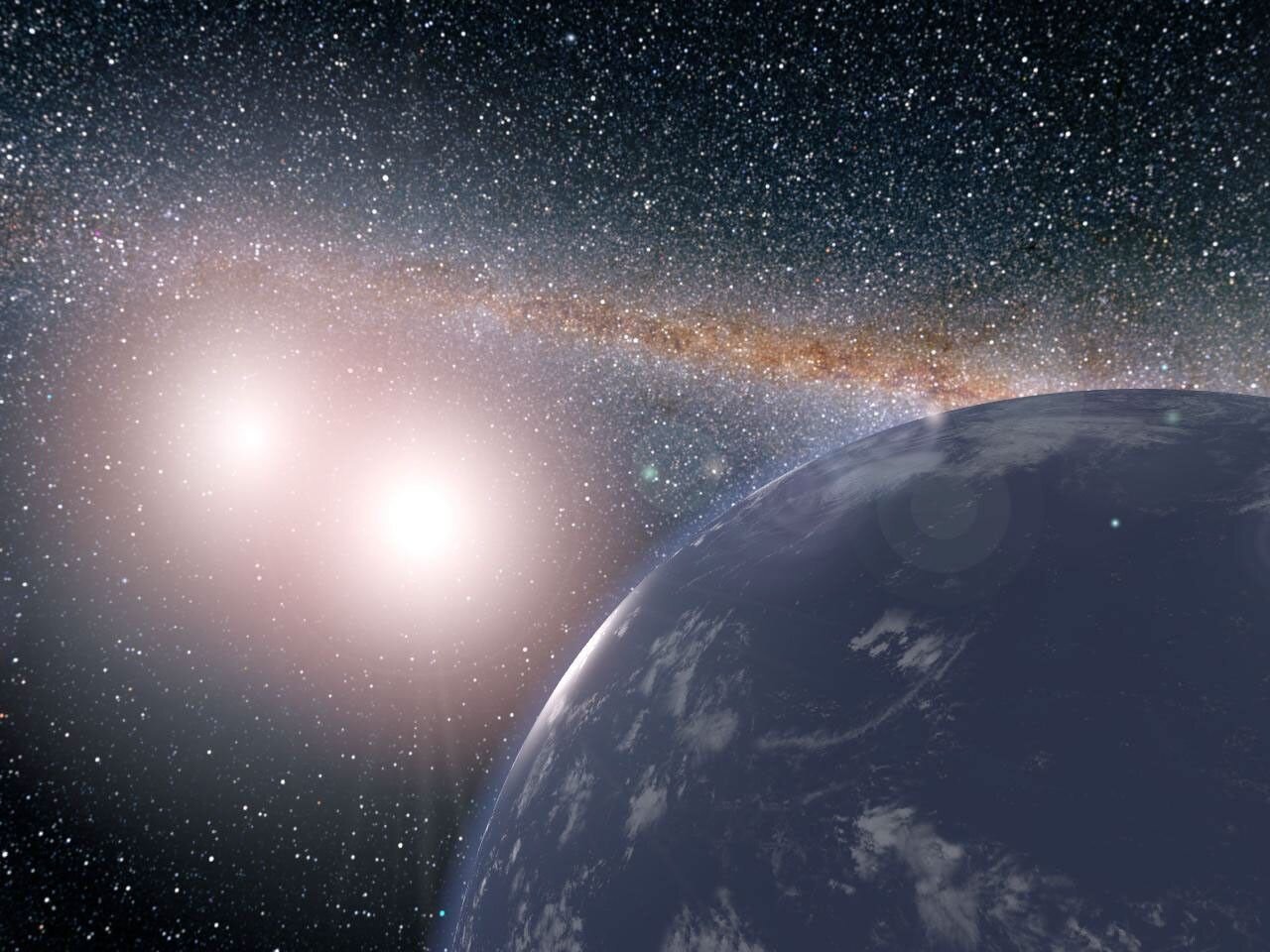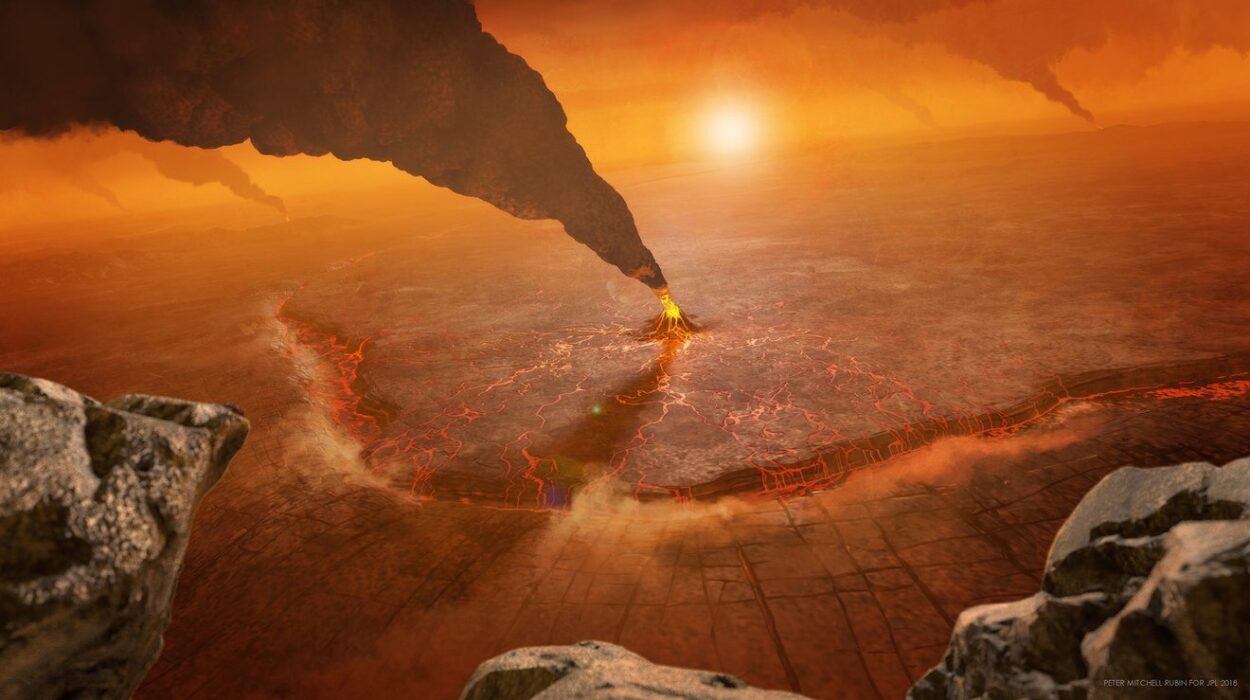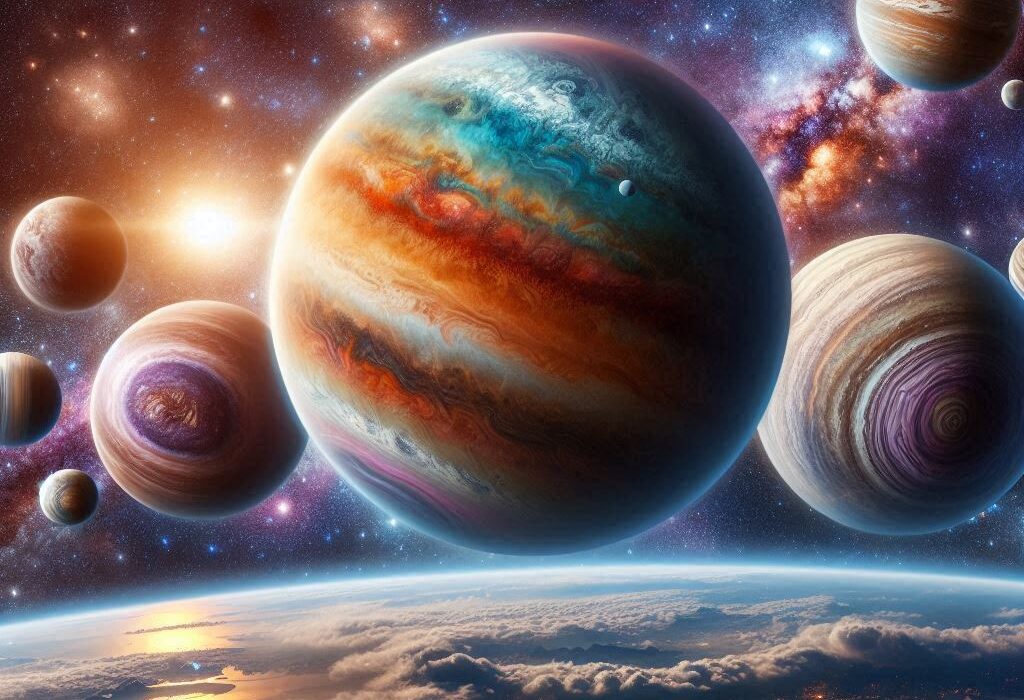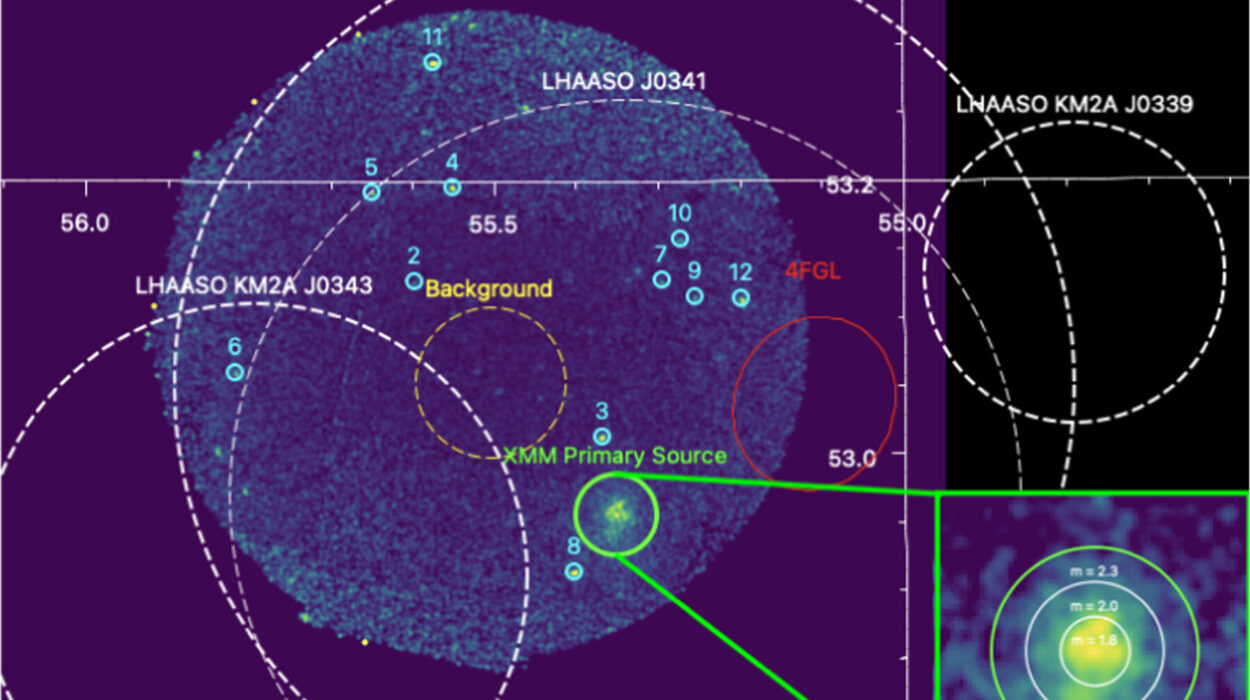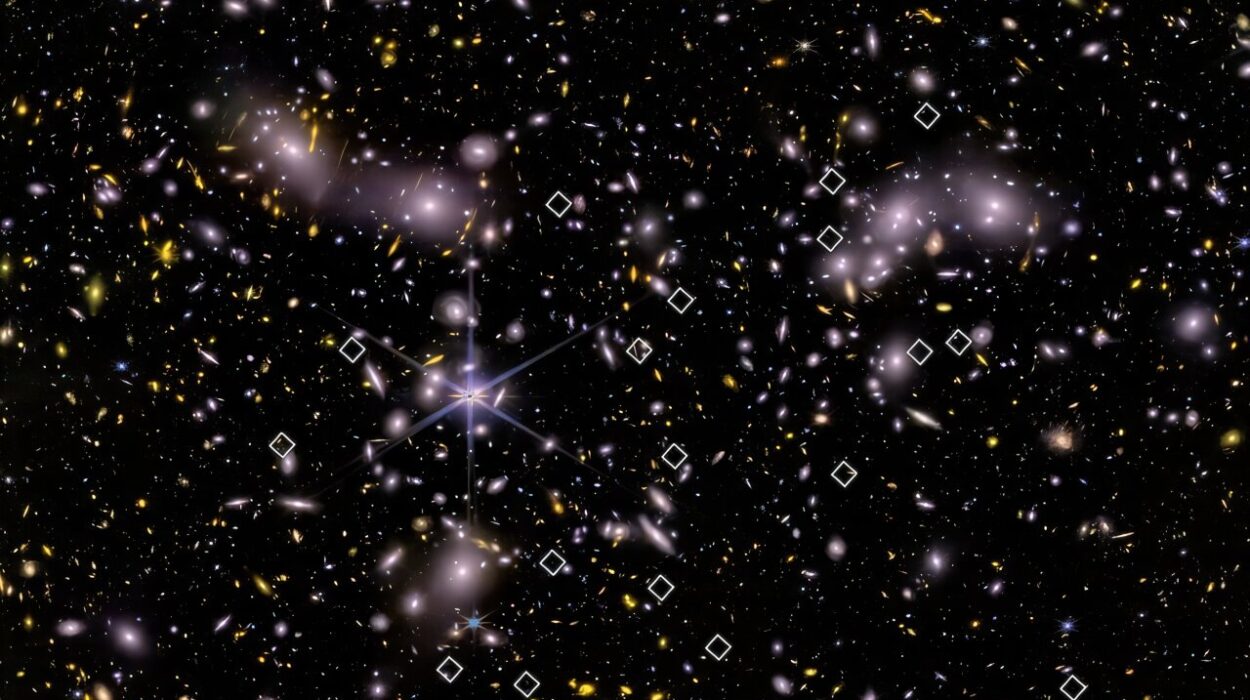When you look up at the night sky, you see the cold brilliance of planets and stars, silent and still. But 4.5 billion years ago, the early solar system was not a place of calm—it was a cosmic storm, a whirling dance of collisions, chaos, and violent creation. In this maelstrom, Earth was forged not just as a ball of rock, but as the improbable, life-sustaining cradle we now call home. Among the rocky inner planets—Mercury, Venus, Earth, and Mars—only Earth blossomed with oceans, forests, and conscious life. Why? Why did this one rocky sphere in the vastness of space manage to defy lifelessness and instead give rise to us?
The answer, or at least a tantalizing part of it, may lie in the chaotic ballet of planetary collisions—and a mysterious object called Theia, whose fateful crash with Earth may have sown the seeds of life itself.
A Solar System Born from Chaos
In the infant days of our solar system, the sun had just ignited, and swirling around it were disks of gas, dust, and fledgling planets. The solar system, a bustling place of planetary embryos and planetesimals, was far from the calm we imagine today. It was a place of fiery collisions and constant chaos—a cosmic furnace in which the ingredients of life were being formed, but not yet in the right proportions.
The rocky planets—Mercury, Venus, Earth, and Mars—were taking shape in this turmoil. But each of these planets was like a piece of a puzzle, waiting for the right cosmic combination to unlock the possibility of life. Earth, though, was different. Amid all the chaos, it somehow received more than its fair share of carbonaceous chondrites (CCs)—a type of meteorite rich in water and organic molecules—elements essential for life.
Unlike its rocky neighbors, Earth found itself with a surplus of the very compounds that could make life possible. The same chaos that had bombarded the young planet with icy, volatile-rich meteorites also gave Earth the key ingredients for the future evolution of life.
Cosmic Chemistry: The Secret Ingredients of Life
To understand how this happened, scientists turn to the field of cosmochemistry, an interdisciplinary study of how chemical elements are distributed in the universe. The solar system, 4.5 billion years ago, was a very different place. Planets were still forming, and planetesimals—small building blocks of planets—were zipping around in a near constant state of collision.
In this cosmic turmoil, Earth was bombarded by carbonaceous chondrites—carbon-rich meteorites that contained the building blocks of life, including amino acids, water, and other organic compounds. Between 5% and 10% of Earth’s mass is thought to have come from these carbonaceous meteorites. But what sets Earth apart is the sheer volume of these elements. Why did Earth receive so much of this carbon-rich material, and how did it end up with so much more than Mars, which is similar in size?
This mystery has perplexed scientists for years. Recent research, including dynamical simulations of the solar system’s formation, may hold some answers. These simulations, which model the complex movements of planets and celestial objects, reveal how Jupiter and Saturn’s gravitational pull played a key role in reshaping the orbits of planetesimals, sending them toward the inner solar system—and ultimately to Earth.
Theia: An Impact That Shaped Earth’s Destiny
One of the most intriguing parts of Earth’s formation story is the role played by a now-vanished planetary body known as Theia. This mysterious object is believed to have collided with Earth in a catastrophic event that not only gave birth to the Moon but also delivered a significant portion of the life-enabling carbonaceous material.
The idea that Earth’s final impactor—the last celestial object to collide with our planet—was Theia has been supported by a growing body of evidence, including chemical similarities between Earth and the Moon. Recent simulations led by Duarte Branco, an astrophysicist from the Lisbon Astronomical Observatory, suggest that Theia may have been a carbonaceous object, rich in the very elements that Earth needed to become habitable.
The impact of Theia is thought to have occurred around 4.5 billion years ago, after Earth had already accumulated a significant amount of carbon and water from smaller impacts. Theia’s collision with Earth not only created the Moon but also delivered an additional load of carbonaceous chondrites. According to simulations, this impact might have been a critical factor in making Earth the life-sustaining planet we know today.
Simulating the Solar System’s Violent Birth
In order to understand how Earth managed to accumulate so much of this life-enabling material, Branco and his team ran a series of dynamical simulations. These computer models attempt to recreate the chaos of the early solar system and show how the giant planets, particularly Jupiter and Saturn, influenced the distribution of material across the solar system.
The simulations included three scenarios: one with only small planetesimals, one with only large planetary embryos, and a mixed scenario containing both. By studying these models, the researchers were able to track how carbonaceous chondrites (CCs) were scattered across the solar system during the late stages of planet formation. The results confirmed that Jupiter played a crucial role in directing CC material toward Earth.
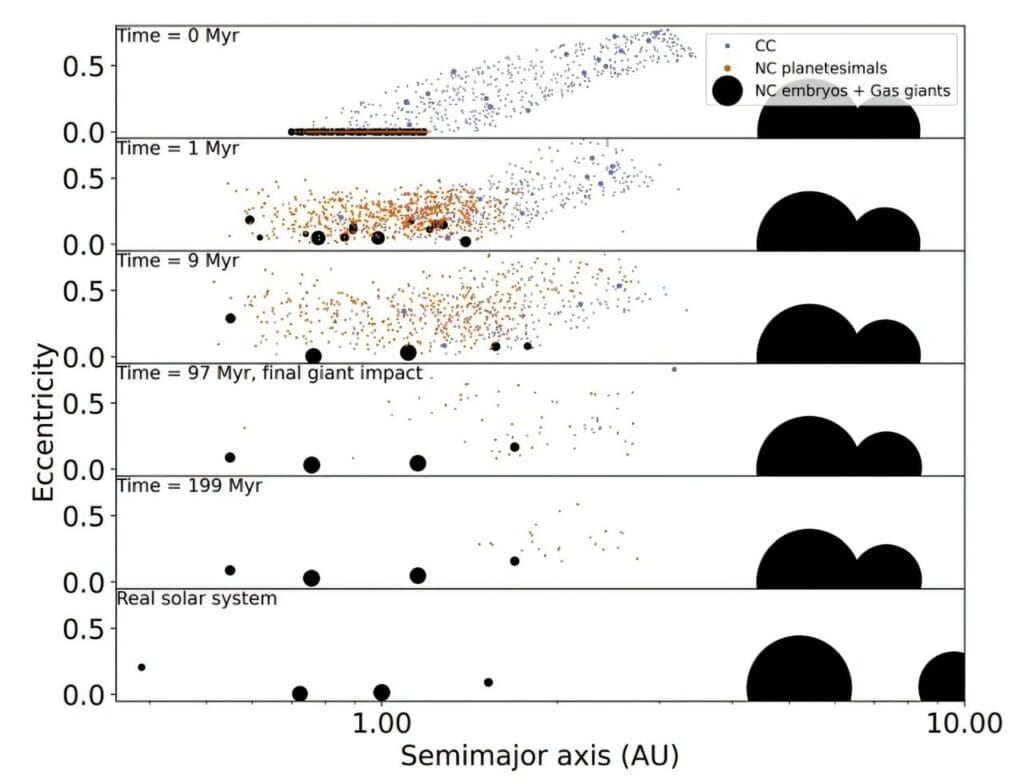
As Jupiter and Saturn grew, their massive gravitational forces disturbed the orbits of planetesimals, sending some of them inward toward the rocky planets. Many of these CC objects, rich in organic compounds and water, were captured in the asteroid belt and later scattered into the orbits of planets like Earth. This influx of carbonaceous material dramatically increased Earth’s chances of developing the conditions necessary for life.
The Role of Theia in Earth’s Habitability
The role of Theia in Earth’s life-giving transformation cannot be overstated. Branco’s simulations showed that in the “mixed scenario,” which included both small and large CC objects, Earth’s final giant impactor likely contained a significant portion of carbonaceous chondrites. This suggests that Theia itself might have been a carbonaceous embryo—one of the larger planetesimals in the outer solar system that was rich in volatiles and organic compounds.
This theory fits well with previous research suggesting that Earth’s unique composition, with its abundance of water and organic molecules, is not a mere accident. Instead, it is the result of a carefully orchestrated cosmic dance involving giant planetary impacts, the migration of Jupiter, and the scattering of CC materials into the inner solar system. It was, in many ways, a series of fortuitous events—each one building upon the last—that made Earth the habitable world it is today.
The Fine-Tuned Recipe for Life
The implications of these findings go beyond Earth’s own history. For scientists searching for life elsewhere in the universe, the scenario of Earth’s formation suggests that life may not be as common as we once thought. It’s not enough for an exoplanet to simply be in the habitable zone of its star. For life to take root, many variables must align perfectly: the presence of giant planets that migrate, the delivery of carbonaceous material to rocky planets, and the right kind of impacts at just the right time.
The chaotic early solar system, with its countless collisions and the migration of giant planets, may have been the perfect storm that made Earth’s habitability possible. Whether other exoplanets have had similar conditions is still an open question. But one thing is clear: Earth’s existence as a cradle for life is the result of an incredibly rare and fortunate sequence of events—one that may never be replicated again.
Reference: Duarte Branco et al, Dynamical origin of Theia, the last giant impactor on Earth, arXiv (2025). DOI: 10.48550/arxiv.2507.01826
